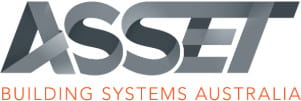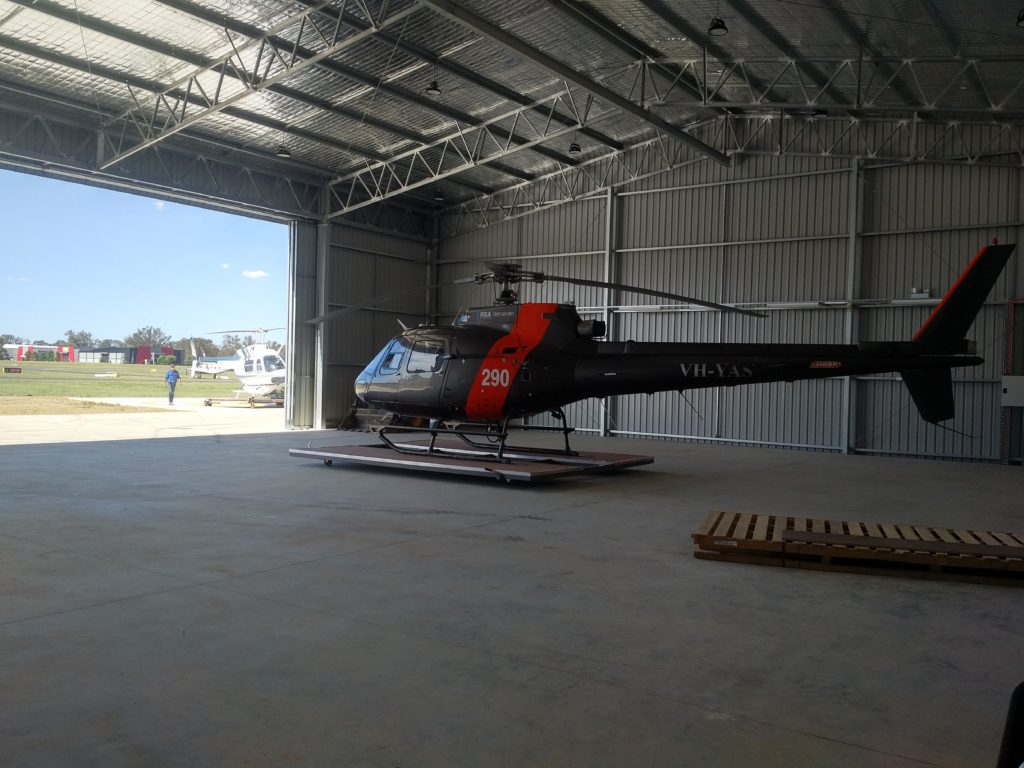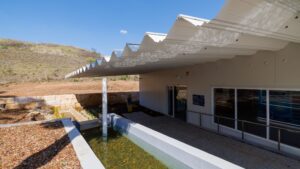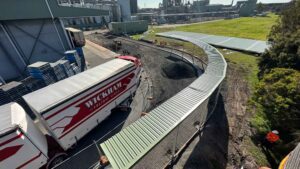What is an Aircraft Hangar Shed?
An aircraft hangar shed is basically a closed structure used to house and protect an aircraft when it’s not in the air.
The aircraft could be a light plane used for recreational purposes or it could be a piece of farm machinery like an aerial sprayer. Some hangars are used solely to house aircraft, while others serve an additional role of office or workshop space.
While aircraft hangars have some things in common with other industrial sheds, they have their own set of features that are unique to them. In this blog, we’ll take you through the things you need to consider when having an aircraft hangar shed constructed.
How will an aircraft hangar shed help you?
There are a number of benefits to having your own hangar shed built.
Safety and Protection: First and foremost, an aircraft hangar allows you to keep your aircraft safe from the weather. And this ultimately keeps passengers safe as well because the aircraft is not subject to environmental wear and tear. In the long run, this could save you the cost of expensive repairs.
Security: Aircraft, whether they are part of your farm equipment or for leisure, are expensive pieces of machinery. Having a shed that you can lock up and keep secure, saves you the stress of someone vandalising or damaging your aircraft. It also allows you to store other related expensive items like maintenance tools.
Space: A hangar shed also allows you plenty of space for your aircraft. They differ from a car garage, for example, as they need to specifically allow for not only the body of the aircraft but also its wingspan and tail height. In addition, the aircraft needs room to easily taxi in and out of the hangar. As builders of aircraft hangars, we understand and take into account all these factors.
Flexibility: Having an aircraft hangar purpose-built, also allows you to be flexible with space. You can design it to suit your needs. Many of our clients have a combination of hangar and workshop space. Some include a maintenance area within the hangar and some incorporate office space.
Investment Opportunity: Building an aircraft hangar can also be an astute business decision. If you have the room to build one, you can then rent it out to someone who may own a plane but not have anywhere of their own to store it.
How to Build an Aircraft Hangar Shed
To build an aircraft hangar shed you need to be clear on your purpose for the shed and your budget. Our experts can then advise you on materials to use, restrictions that you need to be aware of and the design of the structure.
So, what is the purpose of the shed? Will you be storing your own aircraft in it and if so, what size is your aircraft? If you’re building it to rent out, do you want space for one aircraft or a number of them? Other things to consider are whether you wish to incorporate a workshop/maintenance area or whether you plan to have a business office within the hangar. All of these answers help us advise you on the design. They will also determine whether you need features like temperature control.
The Asset Building Systems Difference
Anyone can give you a quote to build a commercial shed to store your aircraft in. But not everyone understands the requirements unique to an aircraft hangar. We can produce concept drawings of your proposed design and plan out the use of the facility. This will help you to visualise and make the most of your dedicated aircraft hangar area.
We use a process called budget fit. This means we can give you a budget estimate based on your needs from the start before we even visit the site. It gives you a starting figure to work from that can then be adjusted as we proceed.
Airplane Hangar Construction Cost and Design
As a starting point you can have a look at our last blog about warehouse construction costs, which featured some base warehouse shed construction cost guides. But as explained in that blog, those prices are subject to many factors including things like height and materials that would be particularly important for an aircraft hangar.
The following are some important design features that could greatly influence the cost of your aircraft hangar:
Construction Material: Most aircraft hangars are constructed from Colorbond, even though this is more expensive than zinc. While zinc may not be a restriction in some areas, we would caution against it because of its highly reflective glare – council safety regulations usually prohibit zinc roof sheeting in flight paths, as it could become a hazard to any aircraft flying in to land. Colorbond comes in a variety of colours that aren’t reflective and provides great protection from outside weather elements.
Insulation: Insulation is a really important factor to consider because it can prolong the life of your aircraft. It helps to regulate the temperature within your hangar. Without it, your shed would experience extremes in temperature that could cause damage to your plane. Insulation can also reduce condensation forming and water falling on to your aircraft, also causing damage.
Doors: The doors you choose for your airplane hangar can also greatly influence the overall cost. The most common and cost-effective are sliding doors. We can construct them to open up the full width of the hangar. However, if space is restrictive you may need to consider other options. You can also have horizontal bi-fold doors that open up to full width that you can motorise to help with opening. Vertical bifold doors are great for medium-sized hangars and can be installed without the need for a motor. Canvas doors are a premium option and are especially suited to commercial hangars with very large openings. So it really depends on your space and budget but we can help you work through those options.
The actual design will come back to what you need the building for, and what is going to go inside it. See some photos below of an example helicopter hangar for a spraying company, complete with offices & outside landing pad.
Common Tips and Restrictions to be Aware of
Always consult with professionals about the construction of your aircraft hangar shed as you may need to be careful of some restrictions.
Building Materials: As mentioned earlier, some areas may have restrictions as to building materials. Zinc cladding is often not permitted due to its hazardous reflective qualities.
Height Restrictions: Some local councils like Albury for instance, also have height restrictions around hangars and their runways to ensure that nothing is erected, even temporarily, within a flight path.
Building Envelope and Boundary Requirements: You might also need to check the building envelope of the block of land and how close to boundaries that you’re allowed to build. This could affect the size of your proposed shed.
Water Waste and Fire Restrictions: Are there any water waste requirements or fire restrictions? Some areas may require you to include insulation or won’t allow you to build in anything other than concrete.
All these factors as well as others could affect the type of hangar you’re able to construct and the cost of it.
Building an aircraft hangar shed can certainly be of great personal value and even be a source of extra income. Get in touch with our team and we’ll guide you through the process so you get the best design for your needs.




